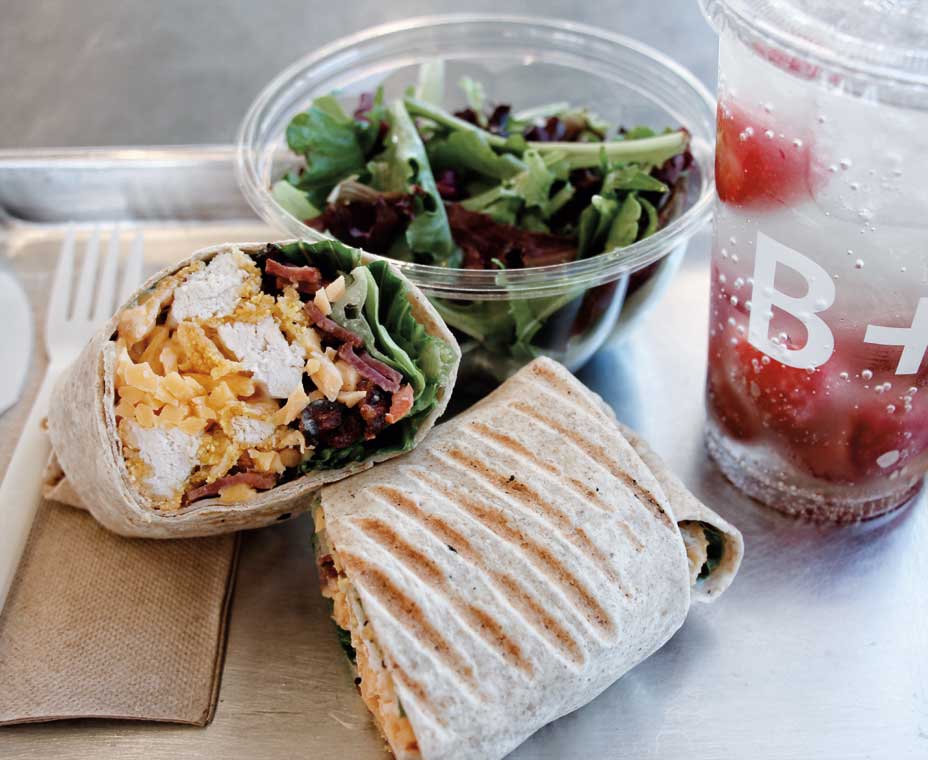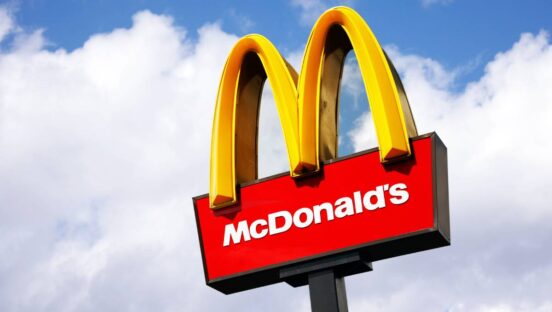There was a time when kids’ meals were for kids. The success of each meal was roughly equivalent to the coolness quotient of the freebie toy multiplied by the sugar, fat, and calorie totals from the once-requisite burger, fries, and soda.
These days, however, kids’ meals are increasingly for parents; not to eat, necessarily, but to feel good about what their kids are consuming. The younger generations are getting a new generation of cleaner kids’ meals. Nearly nine in 10 parents support “healthier” kids’ meals, according to an American Heart Association poll.
National chains from McDonald’s to Chick-fil-A and Panera Bread have begun to clean up their kids’ meals. But most chains still have a long way to go, says Margo Wootan, director of nutrition policy at the Center for Science in the Public Interest (CSPI). Nutrition has become the industry buzzword for kids’ meals, yet only 9 percent of kids’ meals today meet the industry’s own “Kids Live Well” nutrition standard of 600 calories or less—as well as other very specific limits on calories, saturated fat, and sodium, Wootan says. “We’d like to see all kids’ menus meet that standard,” she says.
So would Bryn Davis. Davis is the founder of Bryn + Dane’s, a Philadelphia-based, three-unit healthy fast-food chain that takes the ingredients and nutritionals of its kids’ meals very seriously. Kids don’t go to Bryn + Dane’s for burgers, fries, and sodas; the far more common meal there is a cheese quesadilla made with hormone-free cheese, a side of baked sweet potato fries, and a natural fountain soda or an organic milk. There’s even an organic lollipop on the side.
With two more Bryn + Dane’s on tap this year and plans for 100 more locations across the Northeast over the next 10 years, the chain hopes to leave a nutritional footprint in the quick-service world—particularly with its kids’ meals.
“Fast food was built on being approachable to children, but something went wrong,” Davis says. “We have a task of giving kids something to eat that is a whole lot healthier than a deep-fried apple pie and a Coke.”
The chain is building its kids’ menu on one premise: Kids’ food should be no less healthy—and no less tasty—than adult food. So some of its other kids’ meal choices include locally sourced, free-range chicken strips; all-natural chicken wraps; and an all-natural hot dog made with no preservatives. It also has gluten-free vegan chili, as well as vegan cookies.
“The key is taking something kids already like and making it healthier,” Davis says.
Jeff Csatari, executive editor of health directory Eat This, Not That!, says many parents are intent on having their kids eat healthier than they did when they were kids.
“Kids tend to eat what their parents eat,” Csatari says. “If parents are eating healthier, that’s a good sign that kids will, too.” His advice to chains interested in improving their kids’ meals is to cut down on sodium and sugar.
Last year, Panera very publicly revamped its kids’ menu by declaring them toy-less and free of all artificial ingredients. It also added options like organic yogurt, sprouted grain rolls, and apples. Panera also made water the first beverage option, with organic milk and juice as secondary options. “We believe that our cafes should offer the same choices and transparency to children as we do to adults,” says Sara Burnett, director of wellness and food policy.
Others are now following Panera’s lead in kids’ meal changes, though the CSPI’s Wootan says the calorie count in some of these offerings is still too high. She points to Subway as an industry leader in kids’ meal nutrition. Its kids’ meals come with 3-inch sandwiches, sliced apples, and milk or juice.
In the beverage arena, Wootan adds, kids’ meals are broadly moving in the right direction. Between 2008 and 2016, she says, the number of the top 50 restaurant chains offering sugary drinks in kids’ meals dropped from 93 percent to less than 74 percent.
The industry’s emphasis on healthier kids’ meals will only continue to grow, says Linda Lipsky, president of Linda Lipsky Restaurant Consultants. “If you give them healthier options earlier, they will grow up liking them,” she says. “Their diets really shouldn’t be all that different from adults.”
Not only are kids’ options starting to be more nutritious, but some chains also are trying to improve their appearance, too, Lipsky says. “Chefs are getting more creative in their presentations,” she says. Some are even trying to make kids’ offerings look almost gourmet. “It doesn’t take much to make fruits and veggies look nicer. And they taste better when they look better.”
Back at Bryn + Dane’s, there are plans for a new kids’ meal rollout; Davis says the quality of the ingredients will be a lot better than what other industry leaders are serving kids at their restaurants. “Our dream,” he says, “is to replace iconic fast food so that a 5-year-old, a lawyer, and a plumber can all happily eat in the same place.”











